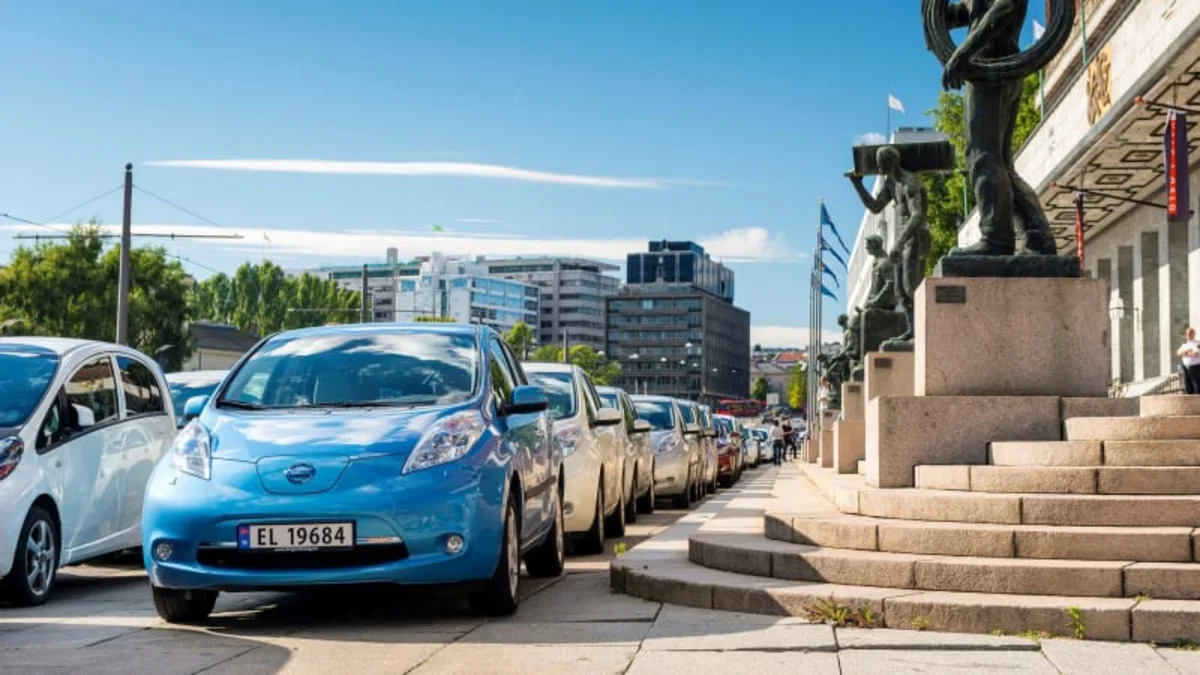Norway has been a shining example for the rest of the world when it comes to electric vehicles. Its efforts to fight greenhouse gas emissions and meet climate change goals have led to a number of generous EV incentives. In addition to tax and VAT exemptions - which help put pricing on par with, or even below, traditionally powered vehicles – electric cars can also use bus and commuter lanes, are exempt from many tolls, and receive free and preferential parking in certain cities. Sure, the US, UK, and China have larger numbers of EVs on their roads (Norway, after all, has a total population of just over 5 million people), but the Scandinavian nation leads the world in electric cars per capita. Factor in Norway's ample renewable energy, particularly hydroelectric power, and it's an ideal situation where encouraging EV usage makes a significant environmental impact.
As successful as Norway's EV experiment has been, it's possible that the country has had too much of a good thing. In addition to the monetary price of an EV binge, bus and commuter lanes in some areas have become congested with electric cars. This EV hangover has the government reevaluating its programs to incentivize their usage, considering new proposals that would reduce or even remove some of the perks drivers currently enjoy. EVs could be expected to pay highway and ferry tolls in full or at a reduced rate. They could become subject to local taxes. Bus and commuter lane privileges could be revoked. Free or preferential parking could go away, or be restricted to zero-emission vehicles.
What are not currently on the table are the sales tax and VAT exemptions. Those will remain in place through the end of 2017, at least. Additionally, Norway continues to have strong environmental goals, which will continue to influence its transportation policy.
We can reasonably expect Norway to continue to lead the way in terms of electric vehicle ownership, regardless of what happens with the current proposals. Whether we will continue to see impressive figures like those in the first quarter of 2015 (when one-third of registered vehicles were electric) remains to be seen.
Related Video:
As successful as Norway's EV experiment has been, it's possible that the country has had too much of a good thing. In addition to the monetary price of an EV binge, bus and commuter lanes in some areas have become congested with electric cars. This EV hangover has the government reevaluating its programs to incentivize their usage, considering new proposals that would reduce or even remove some of the perks drivers currently enjoy. EVs could be expected to pay highway and ferry tolls in full or at a reduced rate. They could become subject to local taxes. Bus and commuter lane privileges could be revoked. Free or preferential parking could go away, or be restricted to zero-emission vehicles.
What are not currently on the table are the sales tax and VAT exemptions. Those will remain in place through the end of 2017, at least. Additionally, Norway continues to have strong environmental goals, which will continue to influence its transportation policy.
We can reasonably expect Norway to continue to lead the way in terms of electric vehicle ownership, regardless of what happens with the current proposals. Whether we will continue to see impressive figures like those in the first quarter of 2015 (when one-third of registered vehicles were electric) remains to be seen.
Related Video:








Sign in to post
Please sign in to leave a comment.
Continue